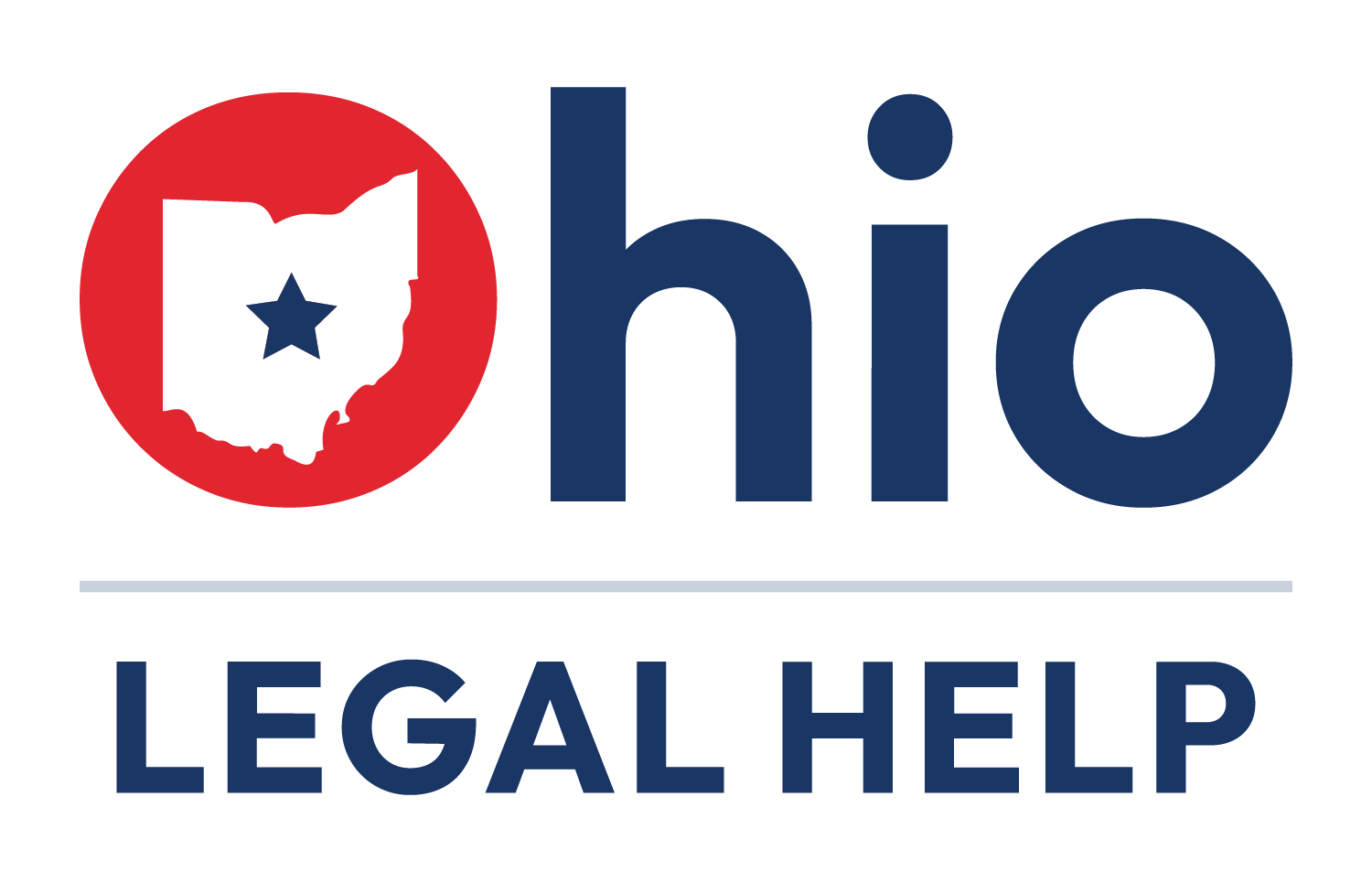Safe Online Shopping + Charitable Giving for the 2020 Holidays
The holiday shopping and charitable giving seasons have officially begun. And as the Covid-19 pandemic has upended our lives it has pushed a record number of people online for those gifts and donations.
Ohio Attorney General Dave Yost has spent a lot of his time this holiday season urging consumers to be cautious about where and how they submit their personal information and how they spend their money.
“There is a giving spirit in Ohio,” Yost said during a media interview. “Folks want to give money to the needy and donate things to help. But Ohioans need to remember that identity theft is here to stay.”
Charities are struggling in Ohio and are trying to create new ways to raise funds or reach donors, according to a survey conducted by The Ohio State University in partnership with Yost’s office. That has resulted in a slight uptick in complaints Yost’s office has received from people who felt they were scammed by charities.
Spending online during Black Friday this year surged nearly 22 percent, hitting a new record, according to data from Adobe Analytics.
That equated to more than $9 billion worth of online purchases the day after Thanksgiving.
As shoppers flock to websites instead of brick and mortar stores, so do scammers. Criminals are constantly inventing new ways to use malware and other software, as well as phony websites to try and steal your identity or your cash.
There are resources to help. Yost urges Ohioans to take the following precautions:
- Do your research: Before you shop or give make sure the website appears legit. One key is look at the website address. If the website address doesn’t have a lock in that address bar and start with https:// then you are taking a risk. Also look up customer reviews online and find out what previous customers have said about the seller. Be sure to search the name of the company via regular search engine and even on the social media platform.
- Search consumer complaints of businesses and organizations that could be suspect on the Consumer Section of the Ohio Attorney General website. The site doesn’t include every bad thing that has happened in Ohio, but it does include those businesses or organizations that have been caught scamming people.
- The AGs office also created a website to search reputable charities in Ohio. Charities are required to register with the attorney general’s office and submit an annual report. All of that information can be found on the website. If you don’t see the charity you want to give to on that site, it might be best to stay away.
- Check refund policies before you buy. Under Ohio consumer protection laws, stores are not required to provide refunds or to have a specific type of return policy, but if they do have a return policy, they must clearly tell you what it is before you complete the purchase.
- Consider paying with a credit card, if possible. Paying with a credit card usually offers greater protections from unauthorized charges compared to other kinds of payment methods. In general, with a credit card, your responsibility for unauthorized charges is limited to $50 and you have certain rights to dispute charges that you may not have with a debit card or other form of payment.
It is critical, Yost said, that Ohioans report scams. Often, people are embarrassed they have been victimized or allowed themselves to put in a certain situation to be scammed.
The attorney general’s office handles thousands and thousands of complaints every year from victims. Speak up so we can help.
Yost cautions Ohioans that his office doesn’t have jurisdiction over every issue that arises. Airlines and scams involving airline services is a federal issue.
And, this is important, no government agency will call and collect a debt over the telephone. Whether it’s the IRS or the water department in your town, you will get a bill or something written.
Though we can’t completely eradicate identity theft and online scams, if Ohioans can do the research, ask questions and report possible scams, we can limit these scammers.
Lastly, there’s one question AG Yost often gets and that is, who are the people doing the scamming?
That’s hard to answer, he said.
“There is no profile of a con artist,” Yost said. “But what they have in common is that they have information that pertains to you and they use people’s vulnerabilities against them.”
And though you need to be extra vigilant around the holidays, here are some things to be mindful of all the time that are signs of a scam:
- Being asked to wire money to a stranger or friend in need
- Being selected for a mystery shopping job, especially if you never applied
- Pressure to “act now!”
- Being asked to buy a prepaid money card
- Sending money in advance to secure or insure a loan
- Winning a contest you’ve never heard of or entered
- Having to pay a fee to receive your “prize”
- Requests for your personal information
- Requests for a large down-payment
- A company that refuses to provide written information
More information of scams Yost’s office has encountered can be found here.
The bottom line: Trust your gut. If it doesn’t feel right – even a little bit – then it’s not worth the risk.

